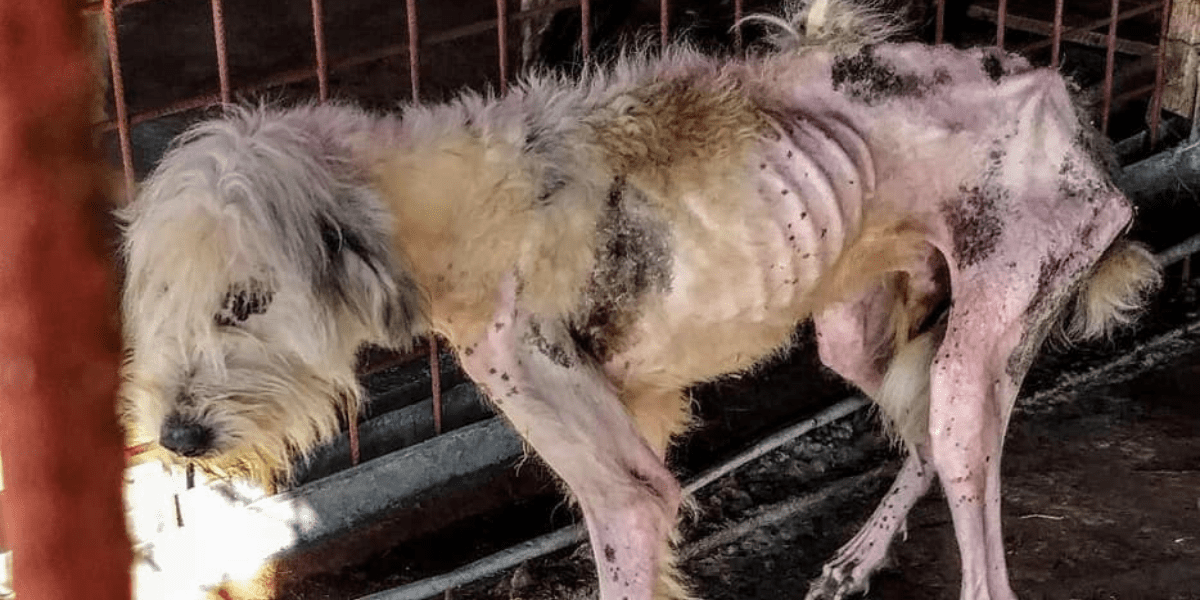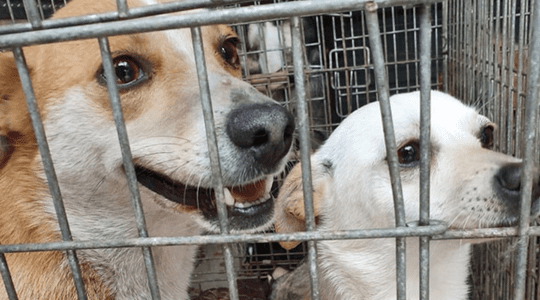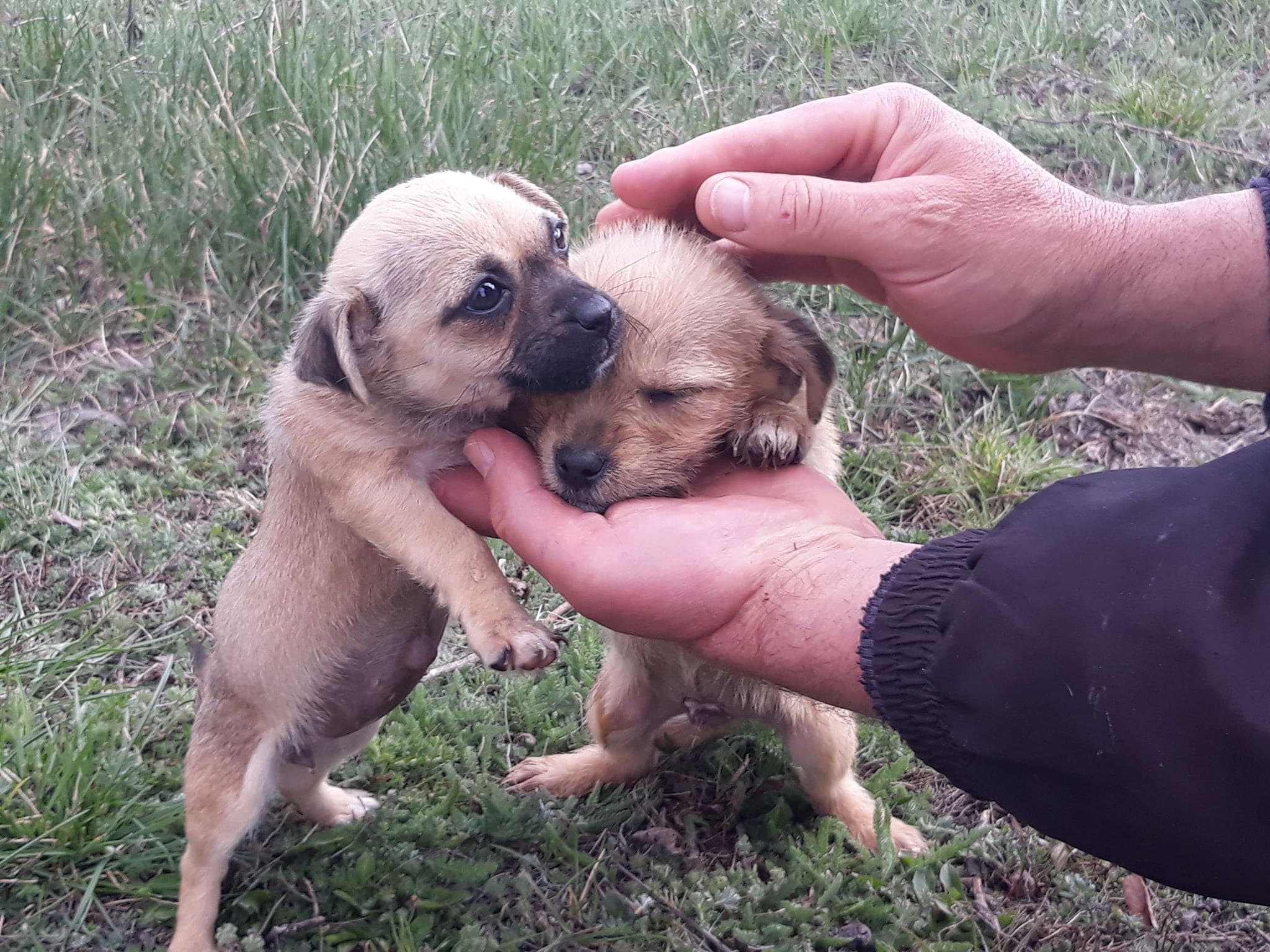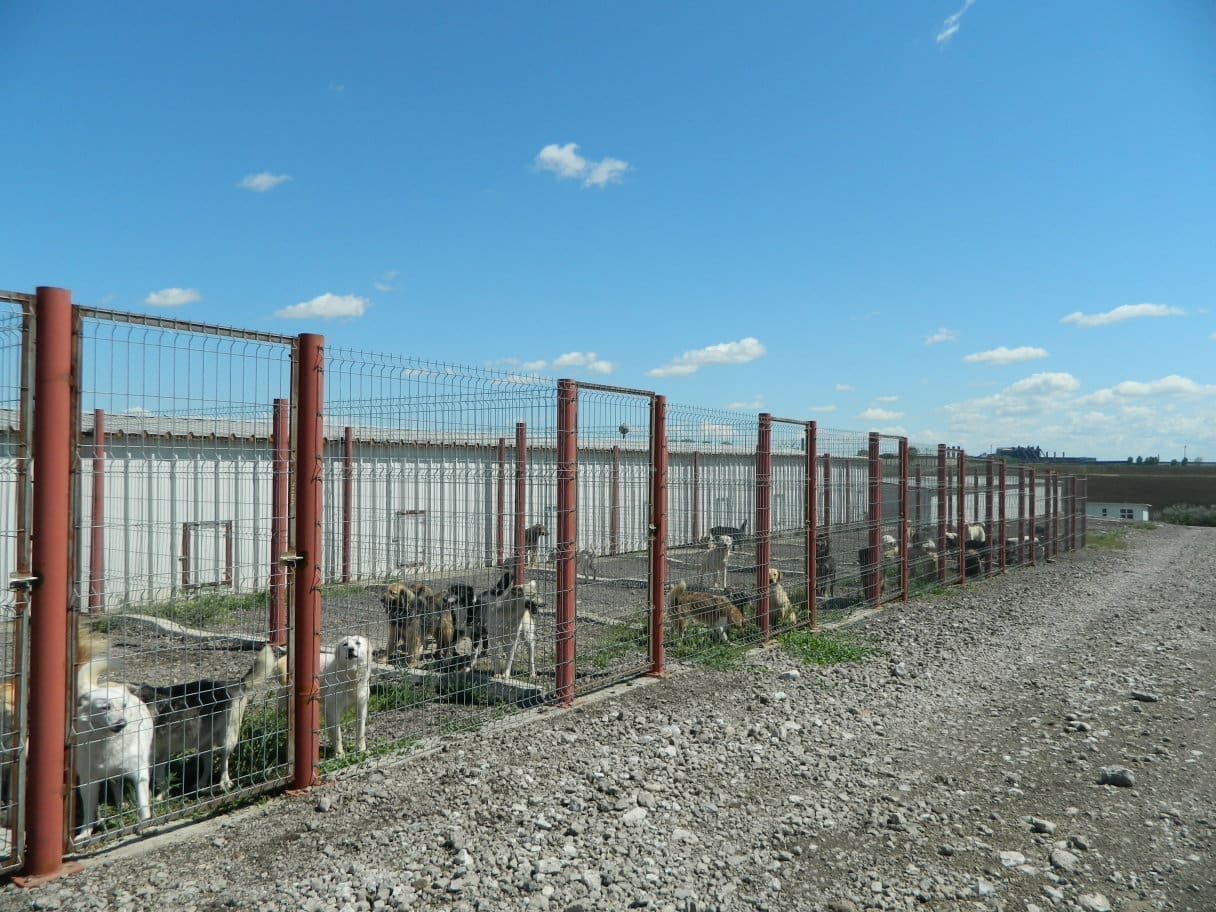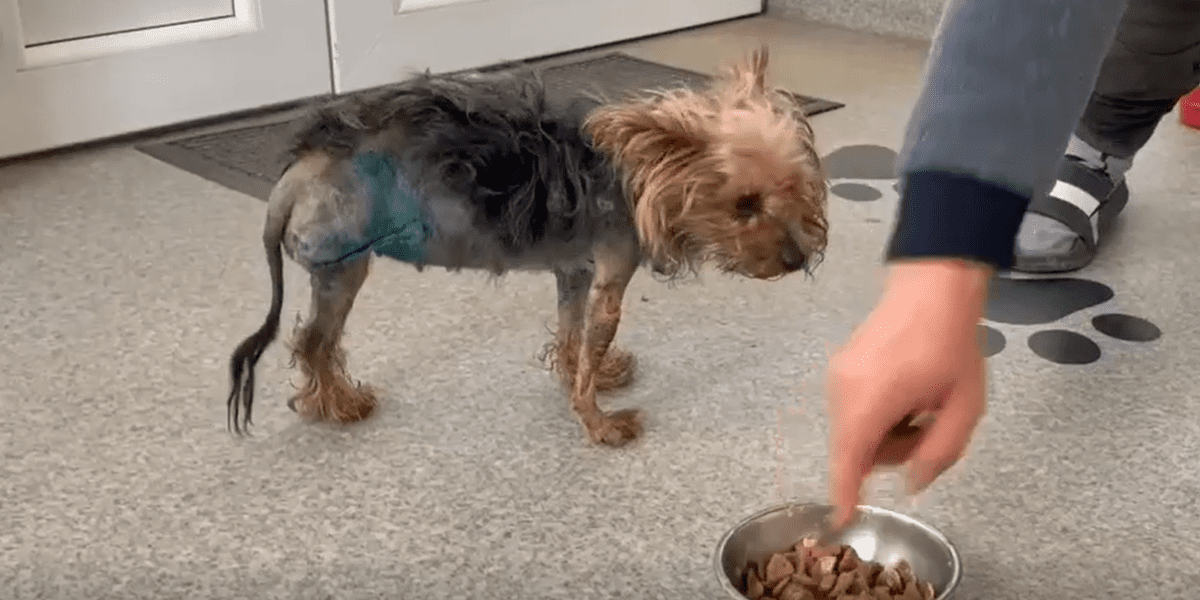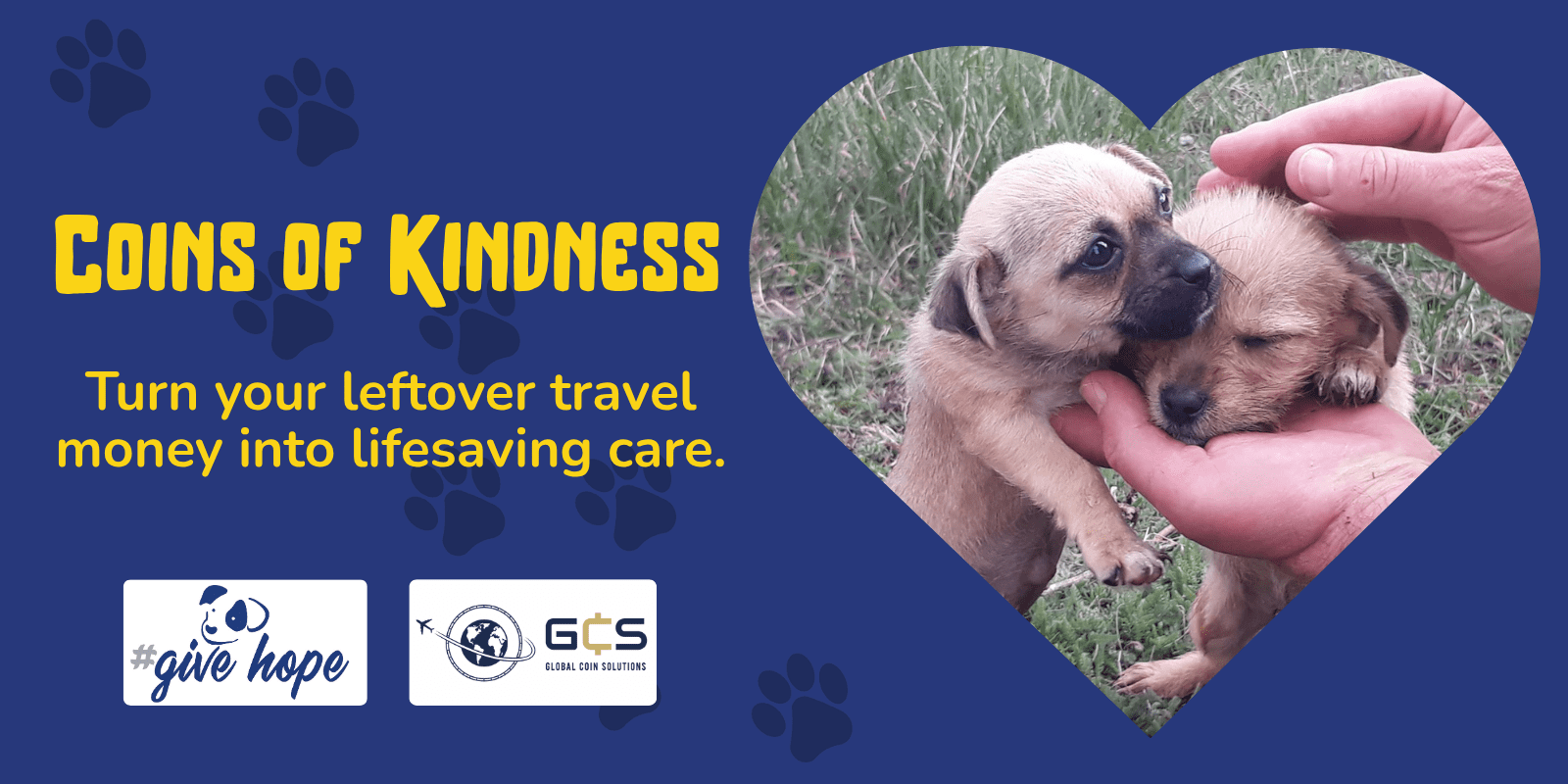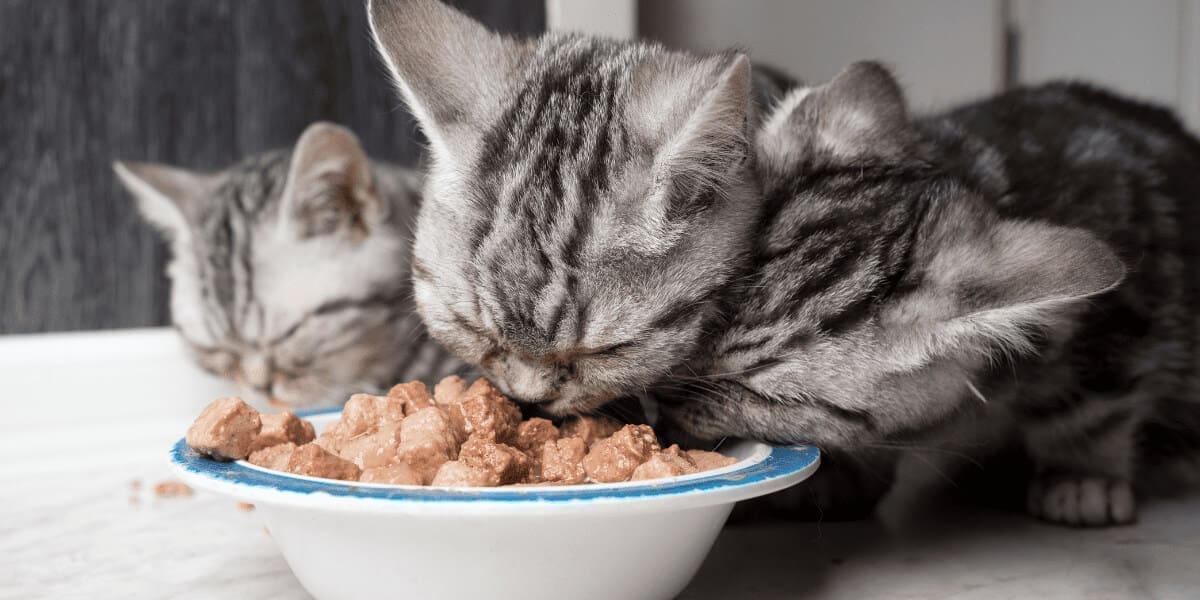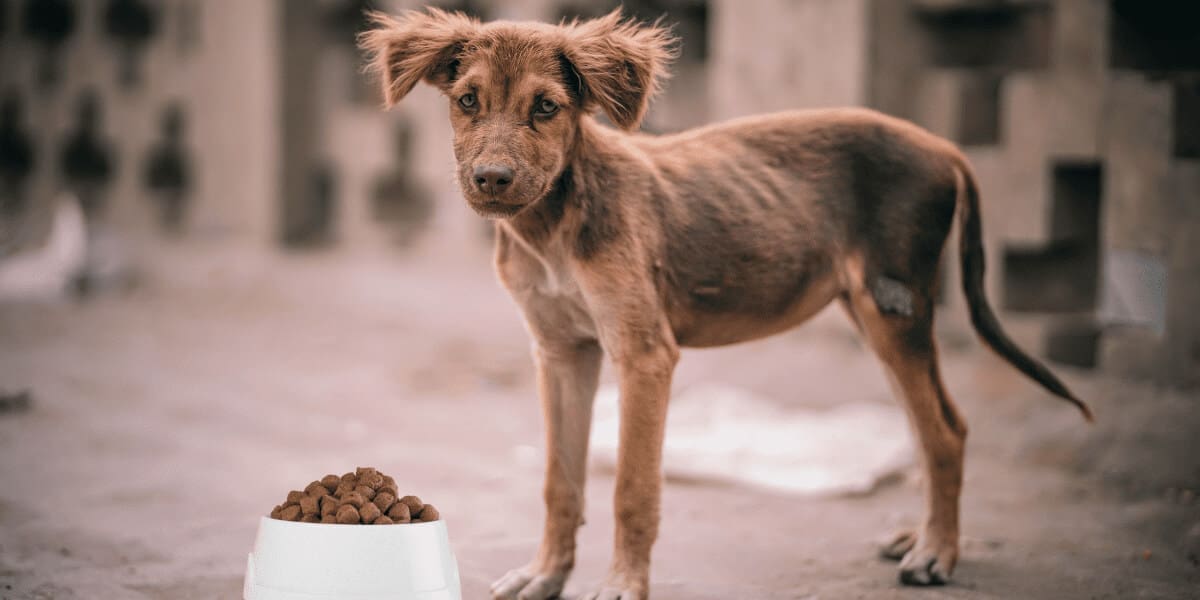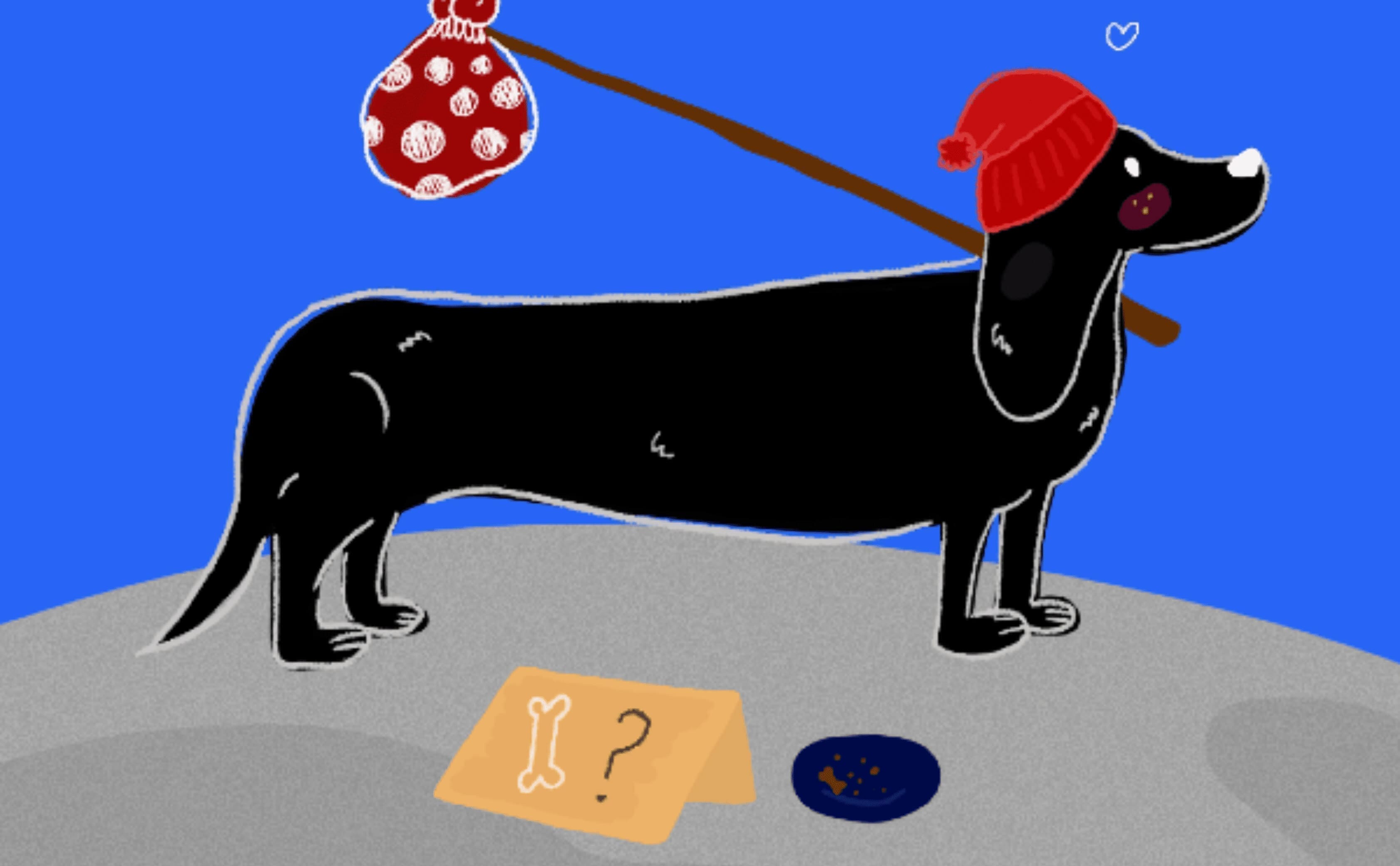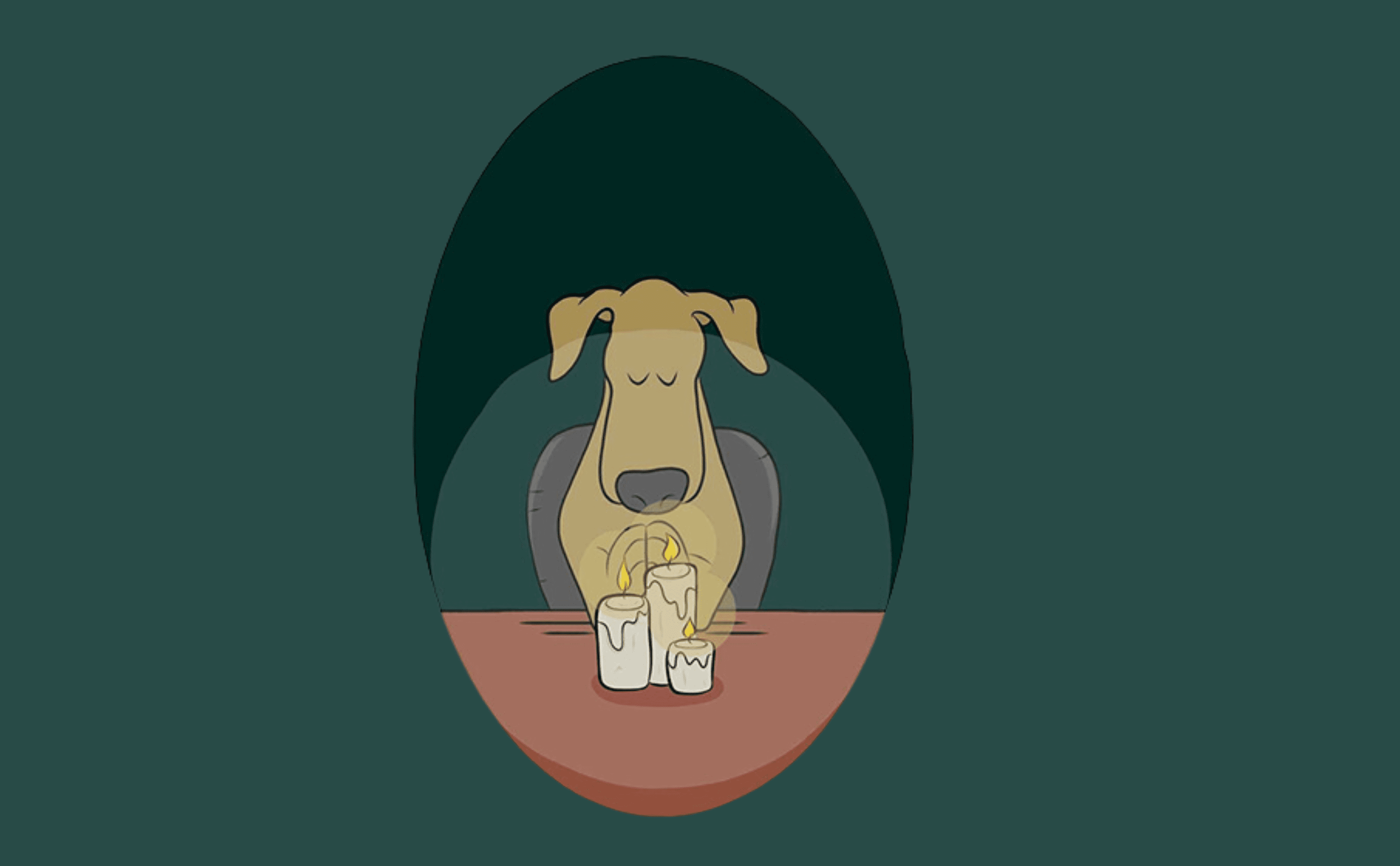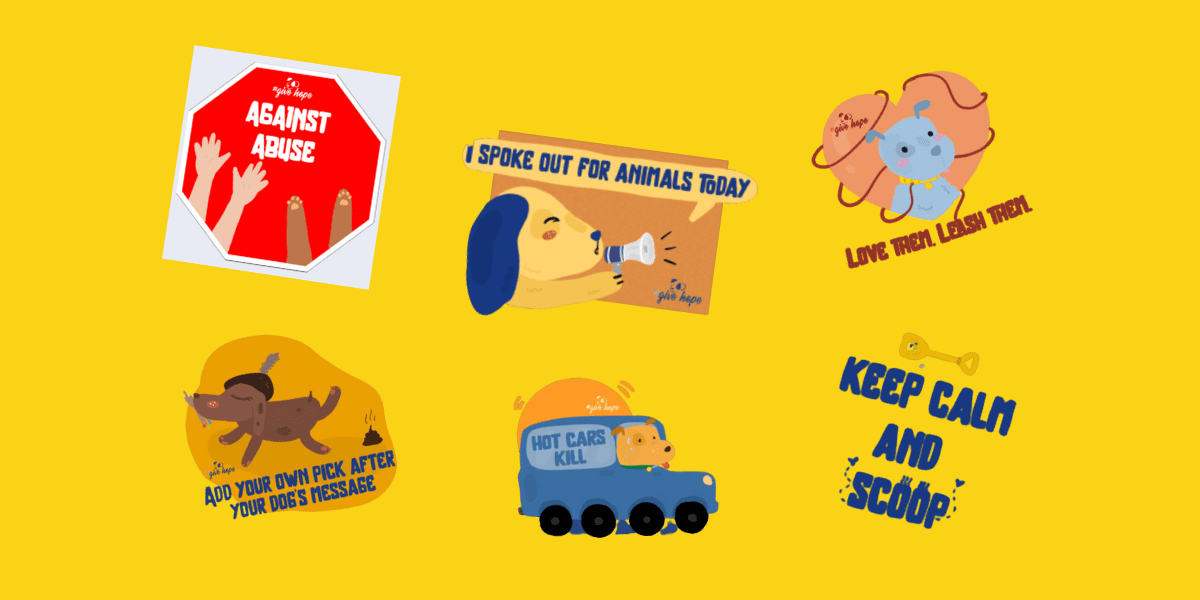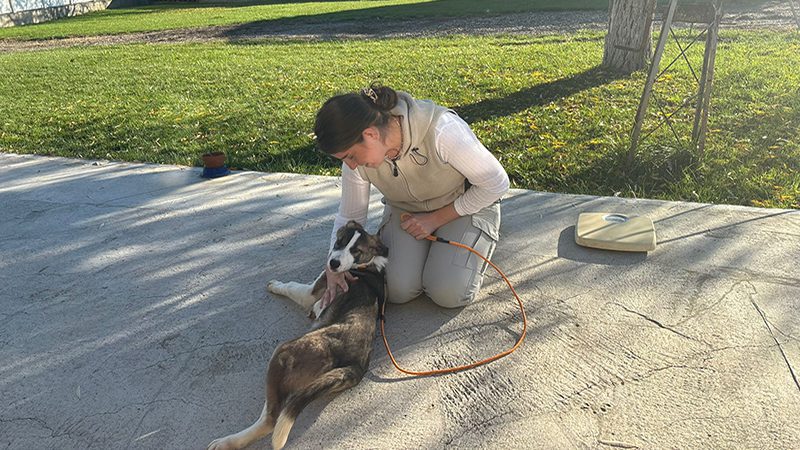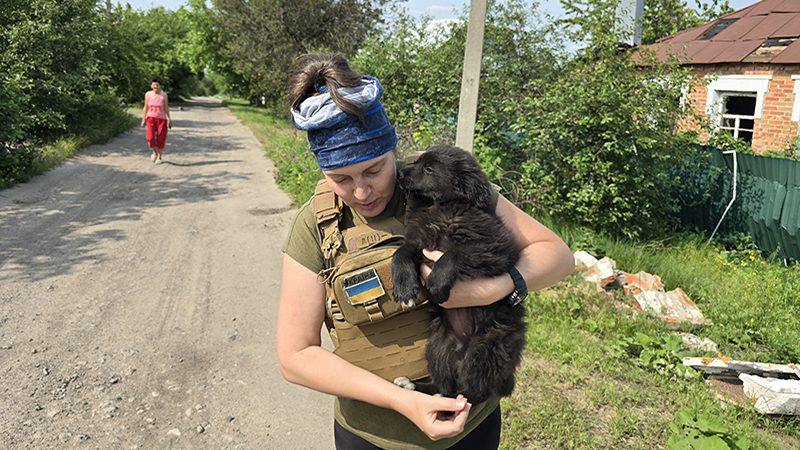Toxic Plants that Can Harm Your Dog
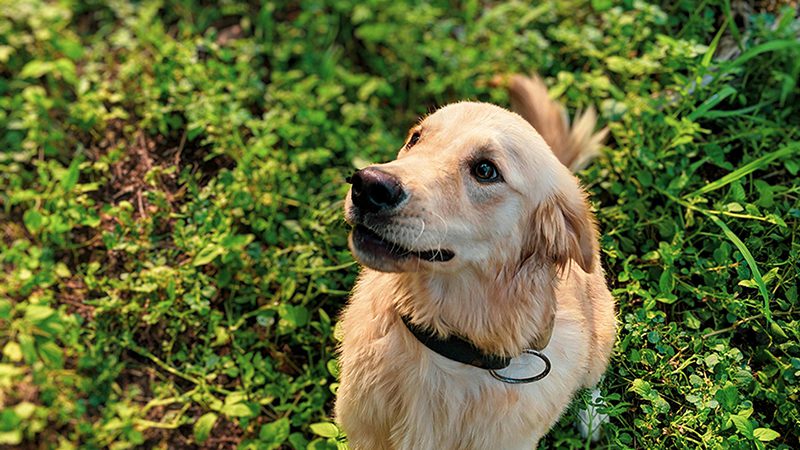
When we imagine happy dogs at play, we often picture them outdoors feeling the softness of the grass beneath their paws, their noses twitching as they take in the scent of every flower. It’s a heartwarming sight, observing them in their blissful state—until their attention turns to devouring a plant or exhibiting an excessive fascination with a patch of greenery. Any dog owner would worry about this, fearing for the safety and well-being of their furry friend.
Dogs may have a habit of nibbling on grass, but it’s important to be cautious, as not all plants are safe for them. Be cautious of common plants as they can pose serious health risks to your dog. Depending on the plant, the quantity consumed, and your dog’s size, the specific toxic elements can differ, resulting in varying symptoms. While some plants may only result in minor digestive issues, others can be so dangerous that they cause urgent medical intervention.
Being aware of the hazardous plants, their habitats, and the symptoms they may trigger is essential for ensuring your dog’s survival. If ingestion occurs, acting quickly is crucial. Keep your vet’s contact details easily accessible and be ready to provide detailed information about the substance and the quantity consumed. Here’s a guide to plants that dog owners should know to ensure their pets’ safety.
Here are some types of toxic plants for dogs and where you can find them.
To simplify things, we’ve compiled a list of plants that dogs should steer clear of, along with their typical locations. This includes a variety of plants, such as potted plants commonly found indoors or in office buildings, garden plants, and those you might come across during outdoor adventures. The notes accompanying each plant provide valuable insights into its toxicity level and the range of symptoms it can trigger.
Here are some indoor and potted plants to avoid if you have pets or small children.
Be aware that many popular houseplants can be harmful to pets. These toxic plants, which might be found indoors, emit a faint, lingering scent.
• Aloe Vera (Aloe barbadensis) emits a mildly unpleasant odour when handled.
• When handling the Asparagus Fern (Asparagus setaceus), you may notice its delicate, feathery leaves brushing against your fingertips.
• The Bird of Paradise (Strelitzia Nicolai) is toxic. If symptoms appear, it is important to seek veterinary care promptly.
• Chinese Evergreen (Aglaonema modestrum) – Be aware of its highly toxic properties.
• The Dieffenbachia, commonly called Dumb Cane (Dieffenbachia spp.), is a tropical plant that adds a touch of lush greenery to any space.
• People consider the Sago Plant (Cycas revolutas) highly poisonous. Symptoms of the condition may manifest as vomiting, extreme fatigue, seizures, and eventual liver failure. If consumed, it is crucial to contact your vet without delay.
Garden Plants That Could Be Harmful to Your Dog
Some plants in the garden go beyond being tempting for your dog—they can actually be hazardous. Here’s a list of common garden plants to be aware of:
• Chamomile
• Chives
• Garlic
• Onions
• Rhubarb
• Tomato Plants
Ingesting these plants can cause digestive symptoms like vomiting and diarrhoea. However, in more severe instances, they can pose a greater risk to one’s overall health.
Flower Garden Plants That Can Be Harmful
The sight of beautiful flowers can be an irresistible temptation for curious pets, but it also poses a potential danger. To prevent any potential danger, it’s best to avoid planting the following flowers where your dog has access since they attract curious pets with their bright colours and sweet scents, which can be an irresistible temptation.
• Amaryllis
• Autumn Crocus (Highly Dangerous!)
• Cyclamen (Highly Dangerous!)
• Daffodil
• Foxglove
• Lily of the Valley (Highly Dangerous!)
Even the tiniest quantities can cause digestive discomfort, seizures, or, in severe instances, severe health issues.
Acting as a Responsible Pet Owner
Because of the unique vegetation found in each region and garden, it is not always possible to provide a comprehensive list of toxic plants. To ensure the safety of your dog, it is crucial for owners to conduct thorough research on the plants that are prevalent in their region. They should consistently inspect the plants that encircle their residence and garden. In addition, when travelling with their dog, owners should be cautious and mindful of any potential encounters.
With some added awareness and preparation, you can create a safe environment for your dog to explore and embark on worry-free adventures.
 non-US support +44 (0)161 531 8801
non-US support +44 (0)161 531 8801



